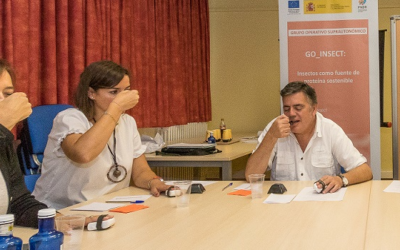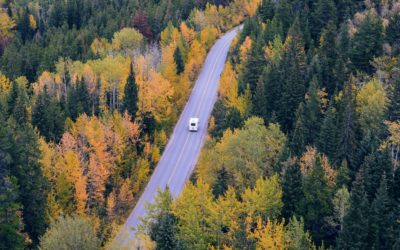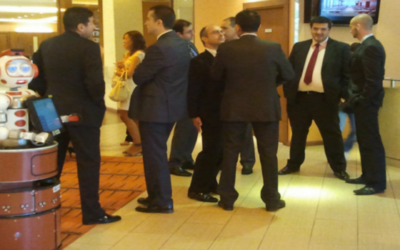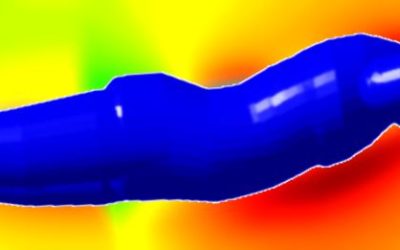“LOOKING FOR ANSWERS”
BLOG CARTIF
know us:
Recent posts
Content categories

Agrofood
Would you eat insects?
Entomophagy, or insect consumption by humans, is not a novelty to anyone. Diets based on insects and arthropods are fully accepted in many countries and cultures, especially in South America, Asia or Africa. Even they are a real delicacy for some gourmets experts, for...
The recommended intake of sweet consensus
Last July, EFSA published a protocol that sets out the strategy to follow for the collection of data that will be used for the development of a Scientific Opinion that establishes the maximum tolerable level of sugar intake. I know it could seem confusing, let me...

Energy & Environment
High temperature heat-pumps: a sustainable and efficient solution through industrial decarbonisation
Decarbonisation of the industrial sector is currently is at the heart of the European agenda, as it seeks to reduce greenhouse gas emissions and achieve agreed climate targets. The European Union aims to be climate neutral by 2050; that is to say, it has set itself...
Is all that glitters gold? (When talking about heat pumps)
"Pumps, pumps..." So goes one of the best-known songs by a Spanish artist from the early and mid-90s Spanish music scene. Although too much has happened since then, we can relate the theme to the current energy crisis we are suffering, caused by the war between...

Environment
Closing the water loop in industry: management and savings
Water is essential for human survival and well-being and plays an important role for many economic sectors. However, water resources are unevenly distributed in space and time, and are under pressure from human activity and economic development. In addition to water...
REimagine, REcover, ¡RESTORE!
Wildlife flyover crossings

Industry
New challenges on smart manufacturing industry
Big Data as one of the so called “digital enablers” of Industry 4.0 sits at the core of promising technologies to contribute to the revolution at factories where vast amounts of data (whether they are big or small) hides enormous amount of knowledge and potential...
Hardware and software ‘easy-to-use’
There are many research and innovation projects whose objective is the design and development of an electronic device, whose purpose is to satisfy main requirements of the market. In general, we look for devices with the necessary capacity to acquire information about...

Health & Quality of life
eHealth: Can videogames improve our health?
VideoGames, social networks and wearables have been installed in our lives since a few years. They occupy much of our free time, allowing new methods of interacting with families and friends. They are part of the so called Information and Communication Technologies...
Care robotics: a closer reality
The increase in life expectancy, coupled with the decline in the birth rate results in an increasingly aging population. According to projections by the National Statistics Institute, 30% of the population will be aged over 65 in 2050, and of these a third will be...

Construction and Heritage
Infinite progress through finite elements
Computer-aided engineering tools (CAE) are more pervasive nowadays, and finite element analysis is having more impact than at any other time. In the past, CAE abilities have been used in specific fields with highly trained engineer teams and large computing...
Digitizing the construction to prepare the future
Public initiatives like ‘Connected Industry 4.0’ are developing measures that allow the industrial fabric to benefit from the intensive use of ICT in all areas of its activity. These initiatives are linked to the term Industry 4.0, which refers to the challenge of...

Digitalization
No Results Found
The page you requested could not be found. Try refining your search, or use the navigation above to locate the post.

Innovating R&D
No Results Found
The page you requested could not be found. Try refining your search, or use the navigation above to locate the post.











